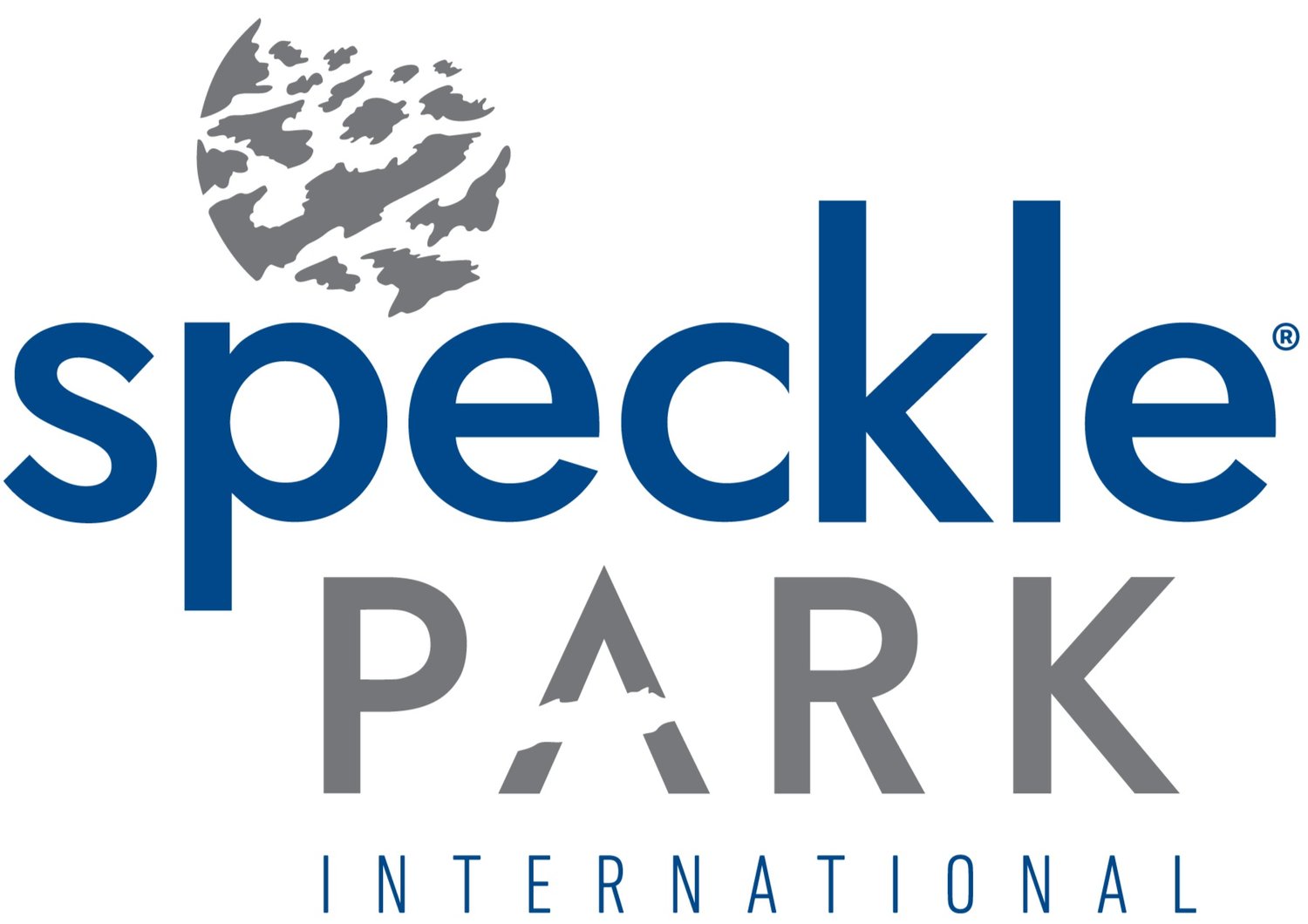
Genetics & DNA.
Genetics/DNA.
Speckle Park International is a proud leader in the adoption of genetic testing to better inform breeders about their animals, and improve the integrity of our herdbook. Animals born after January 1, 2018, are required to have results for a series of genetics tests prior to registration being granted. They are:
50K SNP DNA profile
Parent verification to sire and dam
Myostatin gene
Red coat colour gene
Poll testing
Here is some additional information about each of these tests:
Red Gene:
Speckle Park cattle are black and white, however the red gene is known to be present in the Speckle Park population. Whilst an animal may phenotypically appear black and white, they can carry the red allele and pass it along to their progeny. To determine whether an animal is a red gene carrier, breeders conduct the red gene test when DNA testing their cattle on the Speckle Park International Standard DNA Bundle. The crossing of two red gene carriers results in a 25% chance of breeding a red calf. Red cattle cannot be registered in the Speckle Park International herd book.
Poll Testing:
Cattle will phenotypically display as either horned, scurred or polled. The animals horn status is determined by two alleles. Poll is dominant whilst the presence of horns is recessive in cattle. An animal can be phenotypically polled whilst still carrying a horn gene. Speckle Park cattle are a polled animal, so while homozygous and heterozygous polled animals can be registered with Speckle Park International, horned animals may not. As stud breeders of Speckle Park cattle, all herd book registered cattle need to be DNA poll tested to determine what genes will be passed along to future generations. The three genetic poll statuses are:
Homozygous Polled (PP) – animal carries two copies of the poll gene and will appear polled.
Heterozygous Polled (PH) – animal carries one copy of the poll gene and one copy of the horn gene and may appear polled or scurred.
Horned (HH) – animal carries two copies of the horn gene and will appear horned. These animals are not permitted for registration with Speckle Park International.
Myostatin:
Myostatin is an essential protein for the regulation of muscle mass. Mutations to the myostatin gene can result in a multitude of changes to the muscles function, which can include “double muscling”, whereby the muscle growth and development isn’t regulated by the body.
Speckle Park cattle are known to be potential carriers of the nt821 myostatin gene and breeders are required to test for presence of myostatin mutations to prevent the proliferation of the mutation within the breed. Myostatin affected animals (carry two copies of the mutation) are unable to be registered in the Speckle Park herd book.
Parent Verification:
All herd book recorded animals born after January 1, 2018, are required to be DNA parent verified to both their sire and dam. This allows Speckle Park International to maintain the integrity of the herd book. Calves are not registered until parent verification is complete.
Leptin:
A reasonably new test, leptin is believed to be an indicator for growth and feed efficiency in cattle and overall carcass quality. While Leptin testing is not compulsory for registration of animals, it is included in the Speckle Park International Standard DNA Bundle so breeders can make more informed breeding decisions resulting in cattle that are better suited to the commercial production of beef.
Gonodal Hypoplasia:
Gonadal Hypoplasia is the absence of/significant reduction in size of an animal’s reproductive organs and can be found in both males or females - usually evident on the left side. Early research suggests that it has incomplete penetrance and further research would be required. Speckle Park International are committed to undertaking research into the prevalence of Gonadal Hypoplasia in the Speckle Park population, with the prospect of developing a commercial test for breeders. Research is in the early stages and members are encouraged to contact the office or the Technical Sub-Committee to find out further information or participate in the trial work.
